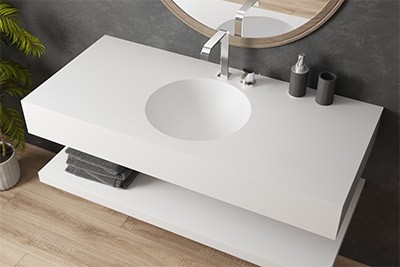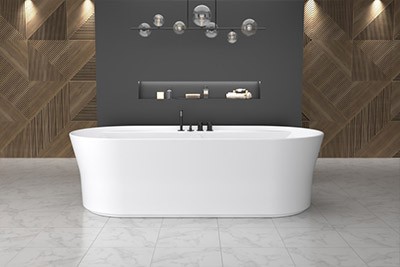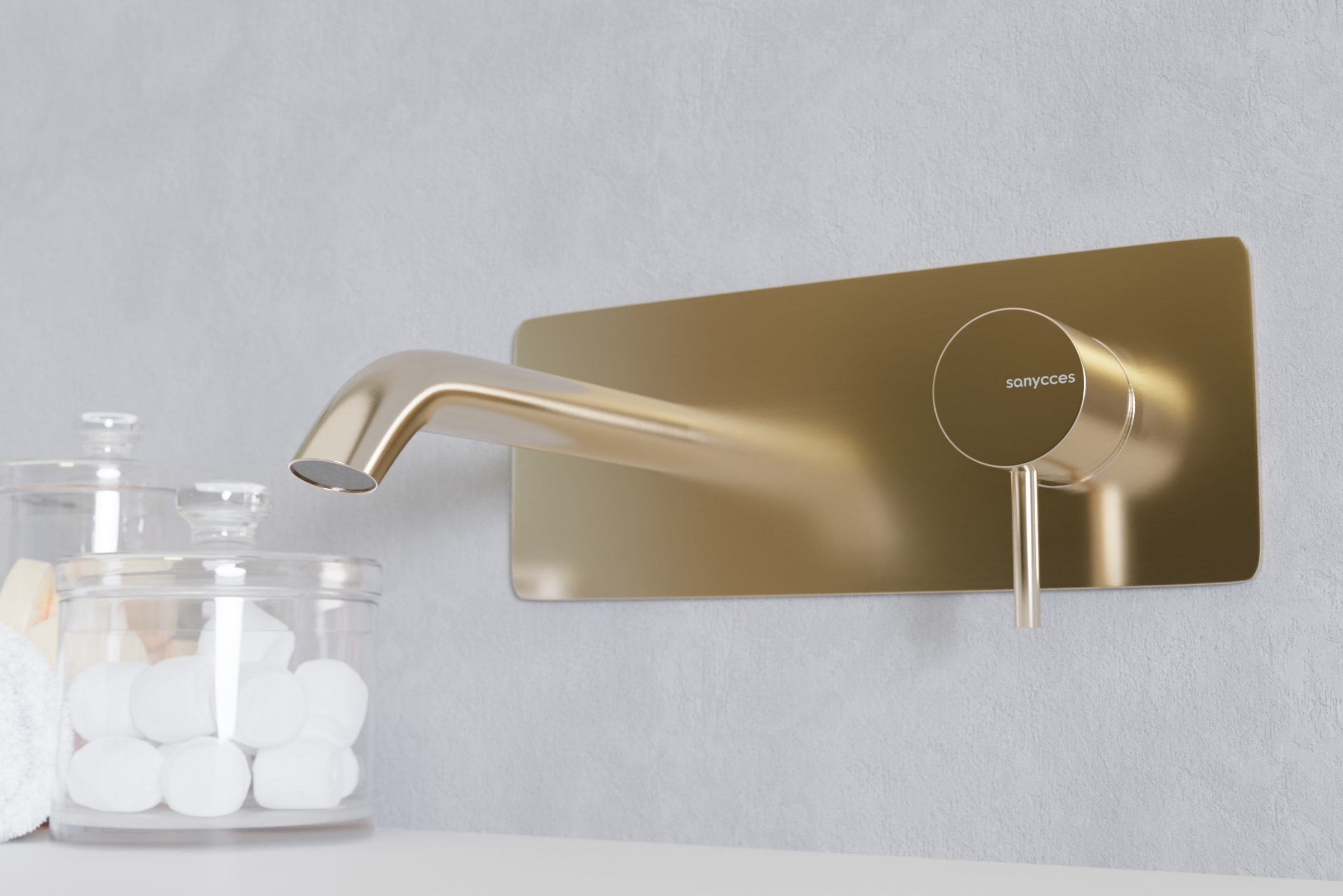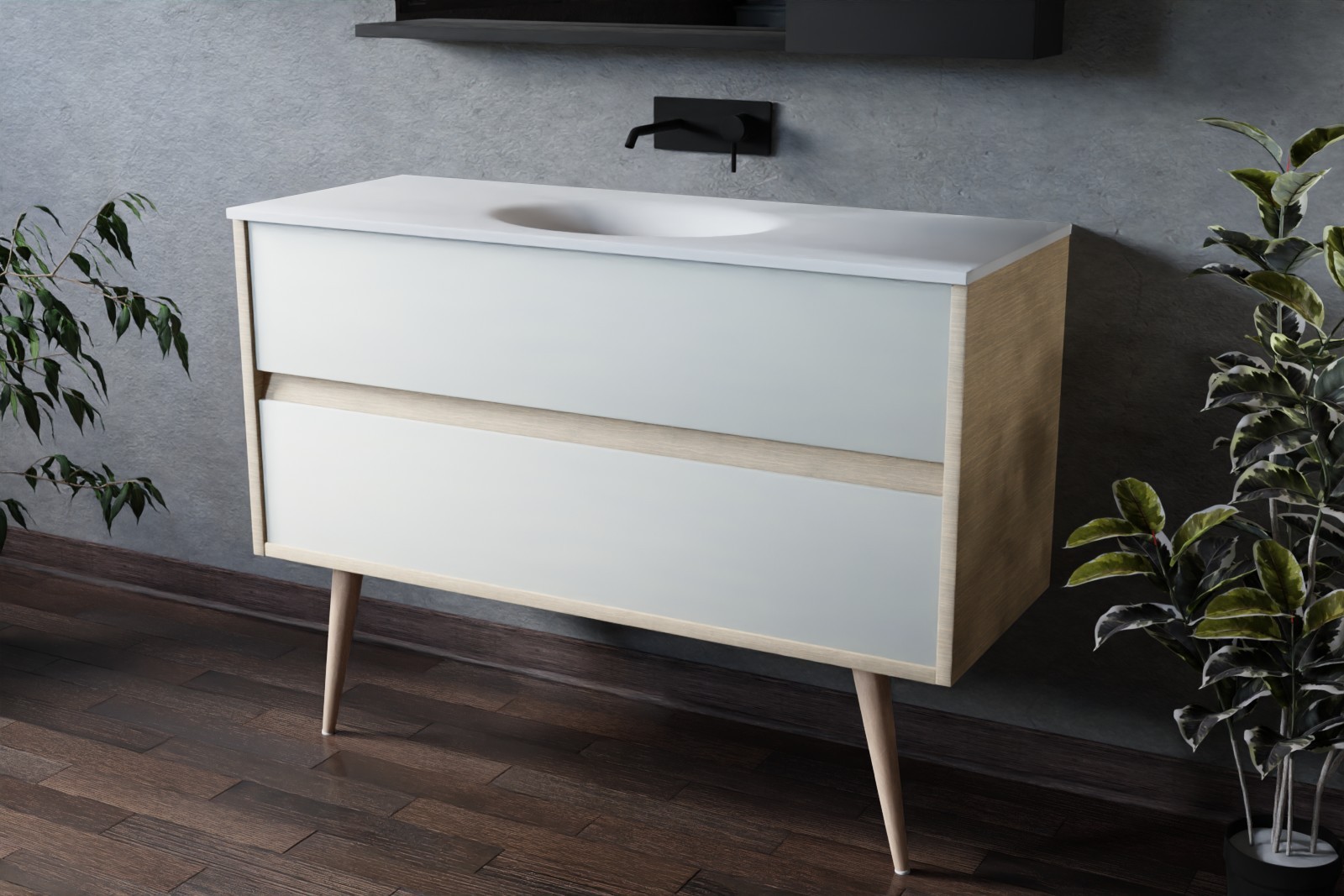Lighting is a crucial element in any room of the house, and the bathroom is no exception. Good lighting is essential for everyday tasks such as applying make-up, shaving, brushing your teeth and much more. What's more, lighting can play an important role in creating a soothing and relaxing atmosphere in your bathroom. However, with so many types of lighting available, it can be difficult to know which is best for your bathroom.
.jpg)
Understanding your bathroom lighting needs
Before choosing lighting for your bathroom, it's important to understand the specific lighting needs of your space. For example, if your bathroom has a large window that lets in a lot of natural light, you may not need very bright lighting. Similarly, if your bathroom has a bath or shower, you may need to opt for waterproof lighting.
The different types of bathroom lighting
There are several types of lighting for your bathroom:
General lighting: General lighting is often provided by a single light source, such as a ceiling light. This type of lighting may be sufficient if your bathroom has plenty of natural light, but it is generally recommended to supplement general lighting with other light sources to create a more pleasant atmosphere.
Accent lighting: Accent lighting is used to highlight certain features in the bathroom, such as a bath, a mirror or a work of art. Wall lights are often used to provide accent lighting.
Task lighting: task lighting is used to help with specific tasks, such as applying make-up or shaving. Bathroom mirrors fitted with lights are often used to provide task lighting.
Decorative lighting: Decorative lighting is used to add atmosphere and style to the bathroom. Pendant lights, chandeliers and floor lamps are all examples of decorative lighting.
Don't forget that for every type of lighting, it's important to select a lamp that is as resistant as possible to humidity. Although a rusty lamp can sometimes be considered a style, this only applies if the style is deliberately chosen. In general, it's best to choose lamps that are resistant to moisture to avoid any premature corrosion or damage caused by the bathroom environment.
.jpg)
Choosing the right colour temperature
The colour temperature of the lighting can have a significant impact on the look and feel of your bathroom. Warm light bulbs have a colour temperature of 2700 to 3000 Kelvin and are less bright, making them ideal for relaxing mood lighting. Bulbs for general lighting used mainly during the day have a colour temperature of 5000 to 6500 Kelvin, and they reproduce natural daylight, which can be beneficial for activities requiring bright light, such as applying make-up or shaving. Cool light bulbs have a colour temperature of more than 6500 Kelvin, and are often used for work spaces or areas requiring bright, precise light, but can be too bright and unflattering in a bathroom. It is therefore important to select a colour temperature that matches the use of each area and the desired ambience to create a pleasant and functional atmosphere in your bathroom.
Think about ceiling height
The ceiling height of your bathroom can also have an impact on the choice of lighting. If you have a low ceiling, you may want to avoid pendant lights, as they can make the room feel even smaller and more stuffy. Instead, opt for wall sconces or flat ceiling lights. If you have a high ceiling, you can afford larger pendant lights or chandeliers to add a touch of style to your bathroom.
.jpg)
Choosing waterproof luminaires
If you have a shower or bath in your bathroom, you'll need to make sure that the fixtures you choose are waterproof. Waterproof fixtures are designed to resist moisture and water, making them ideal for use in the bathroom. Make sure you check the specification of the fixtures you are considering to ensure they are suitable for use in a wet bathroom.
Think energy saving
Finally, it's important to consider the energy efficiency of the lighting you choose for your bathroom. LED lights are more energy efficient than traditional lights, which can help you save money on your electricity bills. What's more, LED bulbs last longer than traditional bulbs, which means you won't have to replace them as often.






